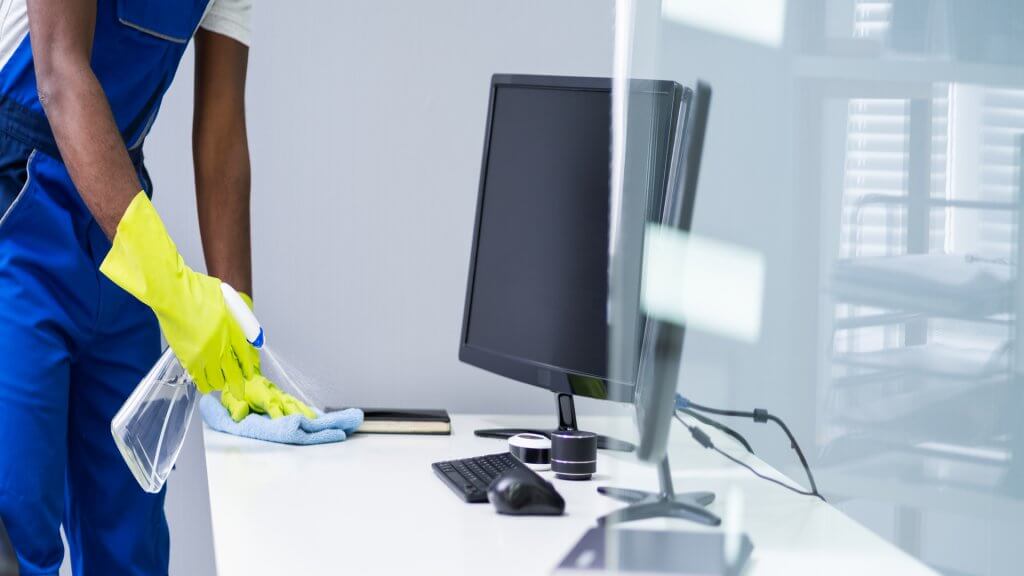5 Return to Work Tips for Your Employees After a Crisis
It can be challenging to know what to do after a crisis. Even after an emergency subsides, it’s not always clear how to proceed with work when everyone comes back. After the COVID-19 pandemic, these questions seem especially relevant.
As workers start returning to the office, you should take the time to ensure everyone feels comfortable and happy. Here are five tips for returning workers you can use after COVID-19 or any future emergencies.
1. Communicate with Workers
If you only do one thing when employees return to work, it should be communicating. The times after a crisis can be challenging and confusing, so explain your company’s next steps. Inform workers of any changes, new resources they can use and how they should carry on.
Remember that you should also let workers share their thoughts and opinions. When employees feel their voice is heard at work, they’re 4.6 times more likely to feel empowered to do their best work. Giving space for them to voice any concerns or ask questions can also be comforting.
2. Make Your Employees Feel Welcome
When your employees come back to the office, they should feel like you want them to be there. Make sure everyone knows how excited you are to see them again. This can help calm any lingering negativity and promote enthusiasm and engagement among workers.
Consider giving out custom office party favors or setting up stations with snacks and drinks. Even little actions like these can go a long way in making employees feel welcome.
3. Plan Appropriate Group Activities
After being apart for some time, it can be hard to get back in the hang of working together. Group activities are an excellent way to promote teamwork and inclusion, and can improve morale. Whether it’s an after-hours event or a group lunch, any way you can foster socialization will be helpful.
Of course, not every activity is appropriate for every situation. With COVID-19 still going around, you probably want to stay away from anything involving crowds or physical contact. Always keep recent events in mind to ensure your plans are safe, comfortable and inoffensive.
4. Spruce Up the Office
Giving your workplace a new look can help keep returning employees engaged and comfortable. Color can impact your mood, so it may be time to repaint your walls or add some plants or decorations for a splash of color.
Try to capitalize on natural light as much as possible, as it’s often more soothing than harsh fluorescents. Reorganizing furniture to make rooms feel more open can also make things more comfortable.
5. Be Flexible
Finally, remember you may have to deal with some changes. Studies show that 54% of American employees want to keep working remotely after the pandemic, so consider offering flexible schedules. This flexibility can help people be more productive and feel comfortable.
After a crisis, new guidance or best practices may emerge before long. Stay on your toes so you can adapt to these changes without much disruption. Most of all, remember to be patient with your employees.
Welcome Back Your Workers with Care
Coming back to work after a crisis isn’t easy for anybody. If you follow these steps, though, you can make the transition more comfortable. Your employees will be happier, more engaged and more productive before long.

Stay updated with our latest publications.
Discover Issues
See how we can help you grow in the online space!
Advertise With Us
We can help promote your business.
Find Out More



